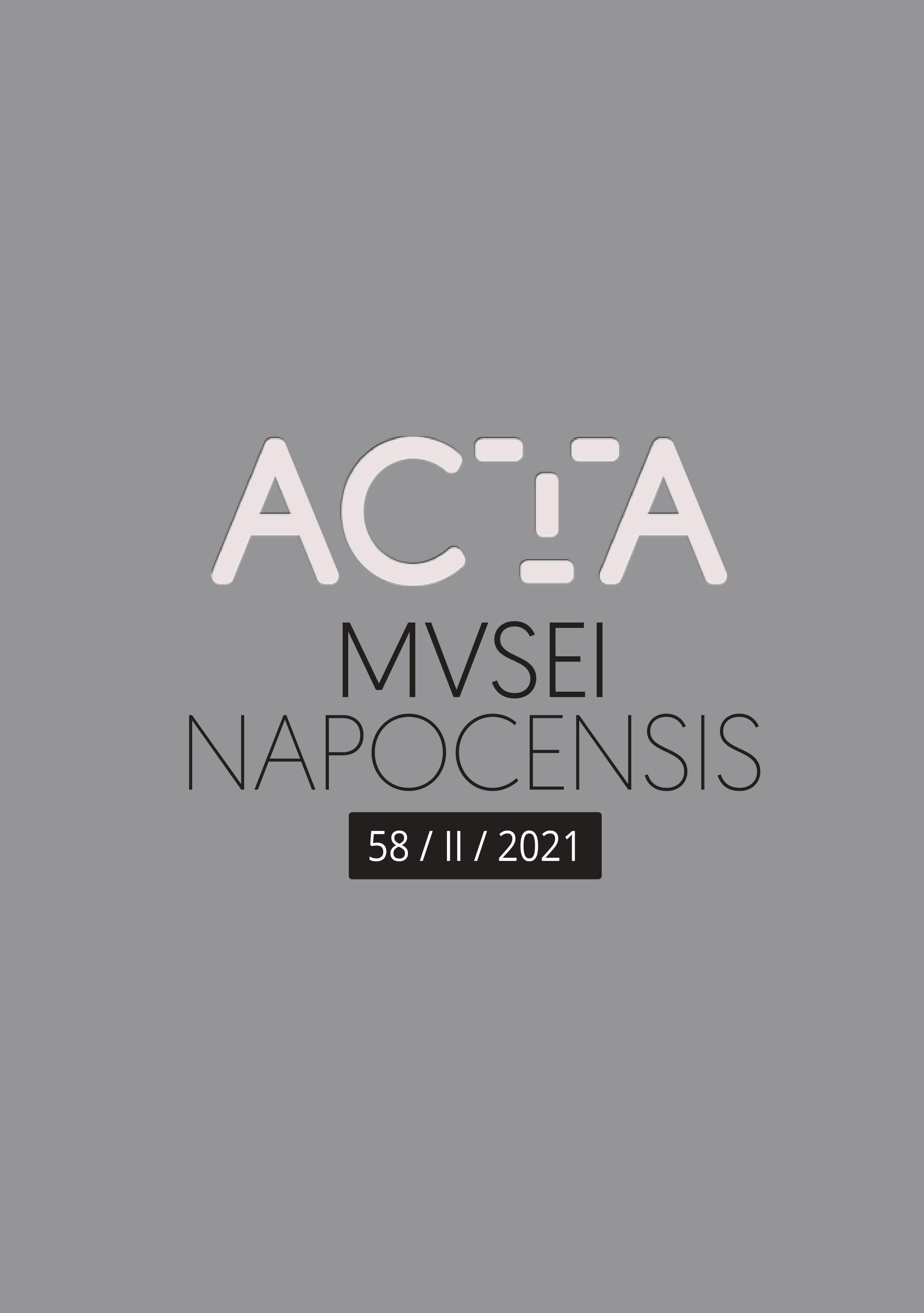Clothing – A Mark of Noble Identity in Early Modern Transylvania (I)
Clothing – A Mark of Noble Identity in Early Modern Transylvania (I)
Author(s): Mária Lupescu MakóSubject(s): Cultural history, Social history, Gender history, Modern Age, 16th Century, 17th Century
Published by: Editura Mega Print SRL
Keywords: clothing; last wills and testaments; noblewomen; Transylvania; sixteenth–seventeenth centuries;
Summary/Abstract: ‘It is not the coat that makes the man’, the proverb says nowadays. However, for a long time, it was the garment that gave the person individuality. Once the costume was lost, the identity was lost. Clothing is, therefore, one of the essential markers of social convention, with each part of the population being assigned a specific role and place, easily recognizable by shape and color. For several generations, the merchant has been recognized by his attire, the priest, and the monk by the color of their tunic, the nobleman by his cut and color. Hence, clothing was the most prominent instrument of external representation. The symbolism of clothing articles, with a very different cut and color range, could immediately be interpreted by the contemporaries. For mod-ern research, the knowledge of the specific characteristics of garments and their wear can be possible – to a considerable extent – only with the help of written sources and images. Therefore, the study aims to examine the role of status indicator, or the social role of clothing from the end of the sixteenth century and the first half of the seventeenth century, based on the documents of last will of the Transylvanian nobility. The first part is dedicated to the feminine costume.
Journal: Acta Musei Napocensis. Historica
- Issue Year: 58/2021
- Issue No: 58
- Page Range: 29-55
- Page Count: 27
- Language: English

